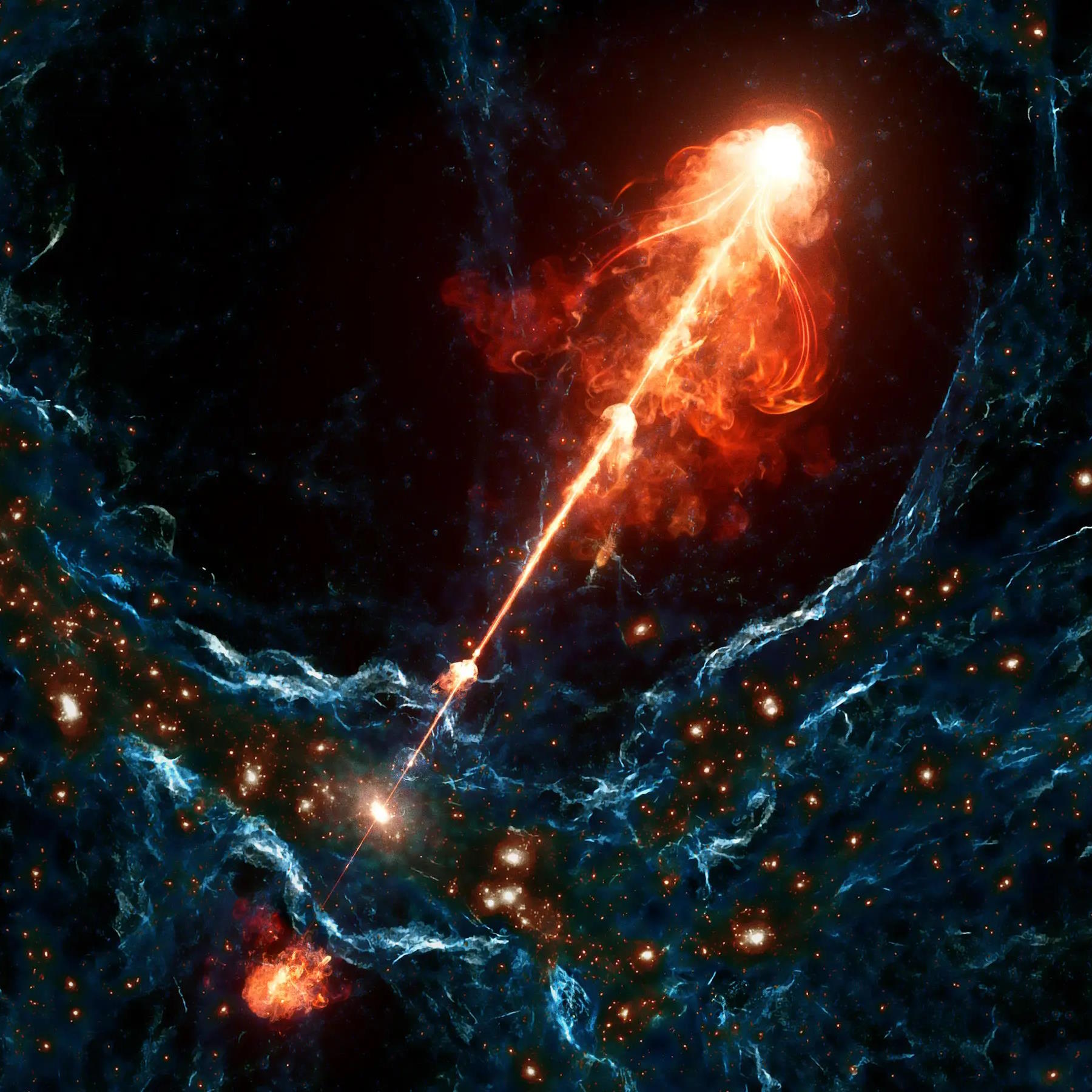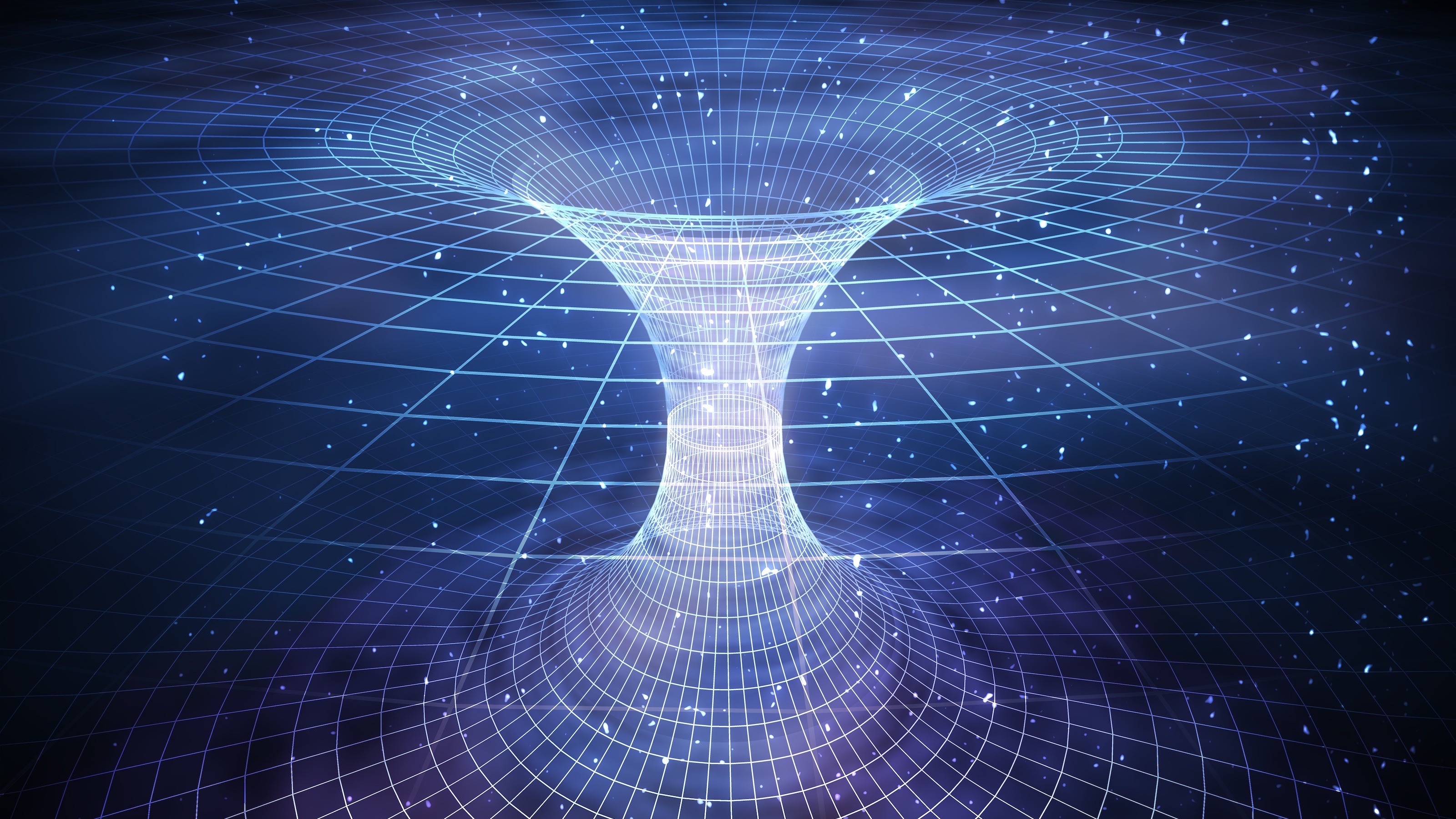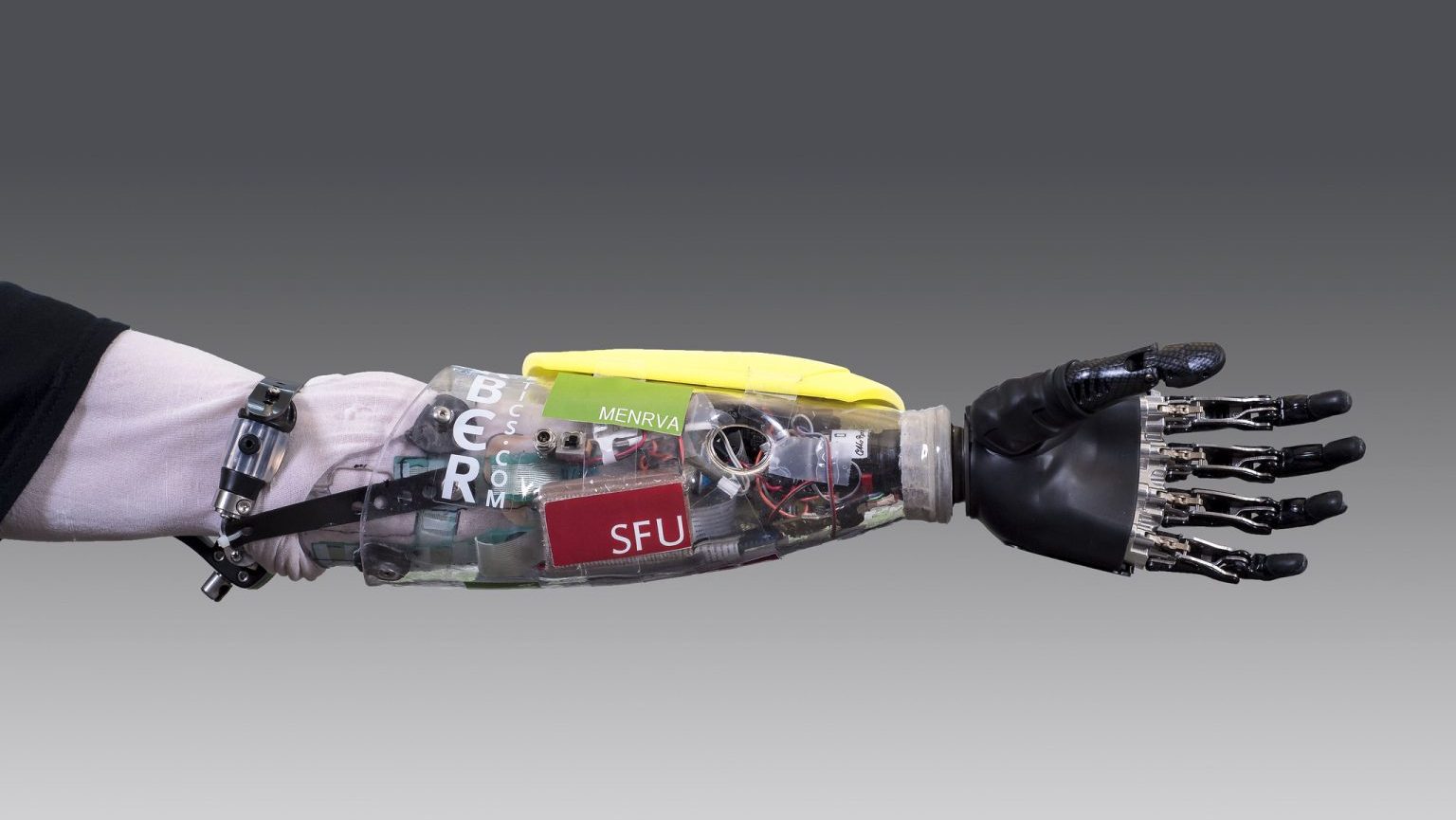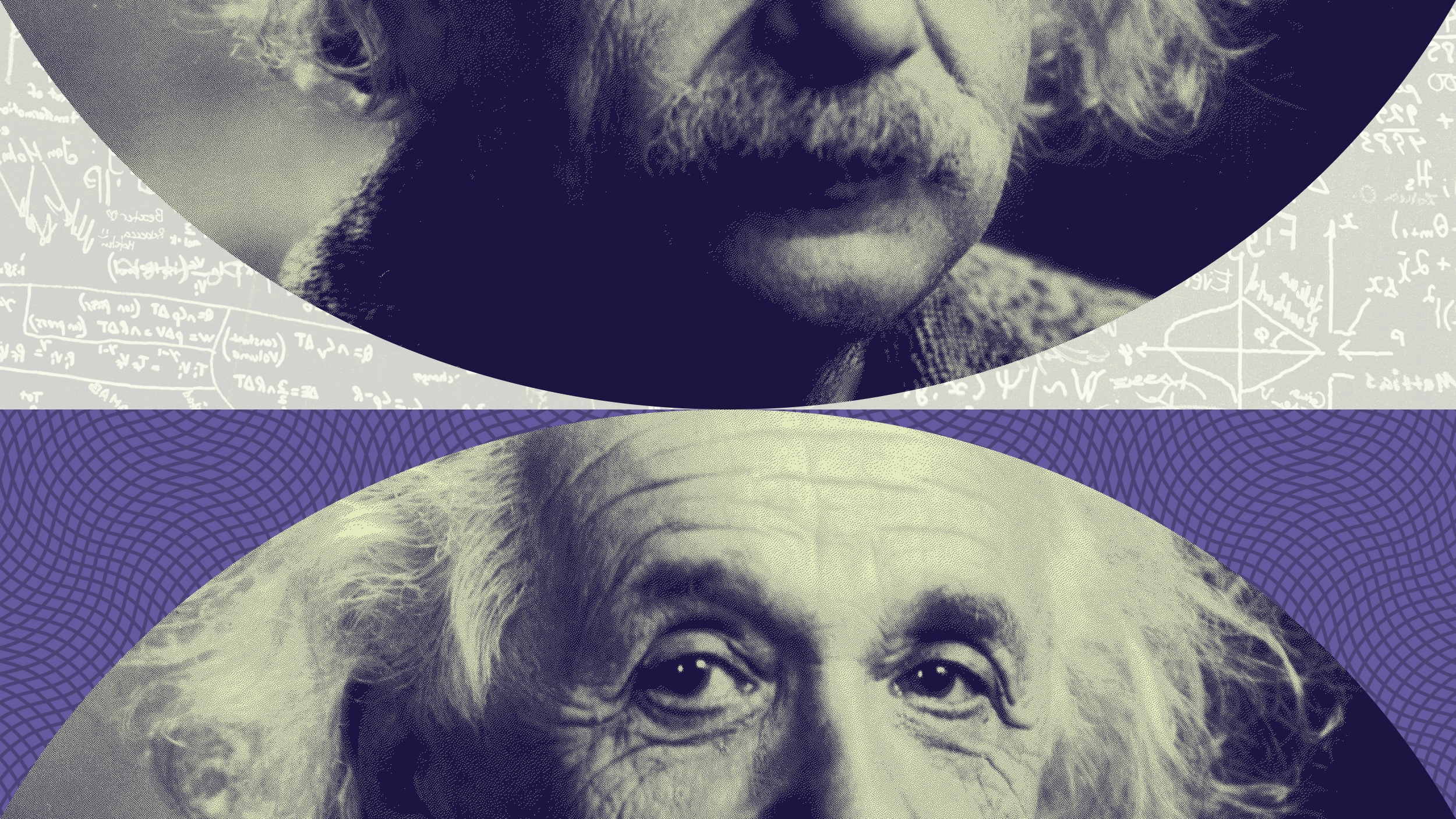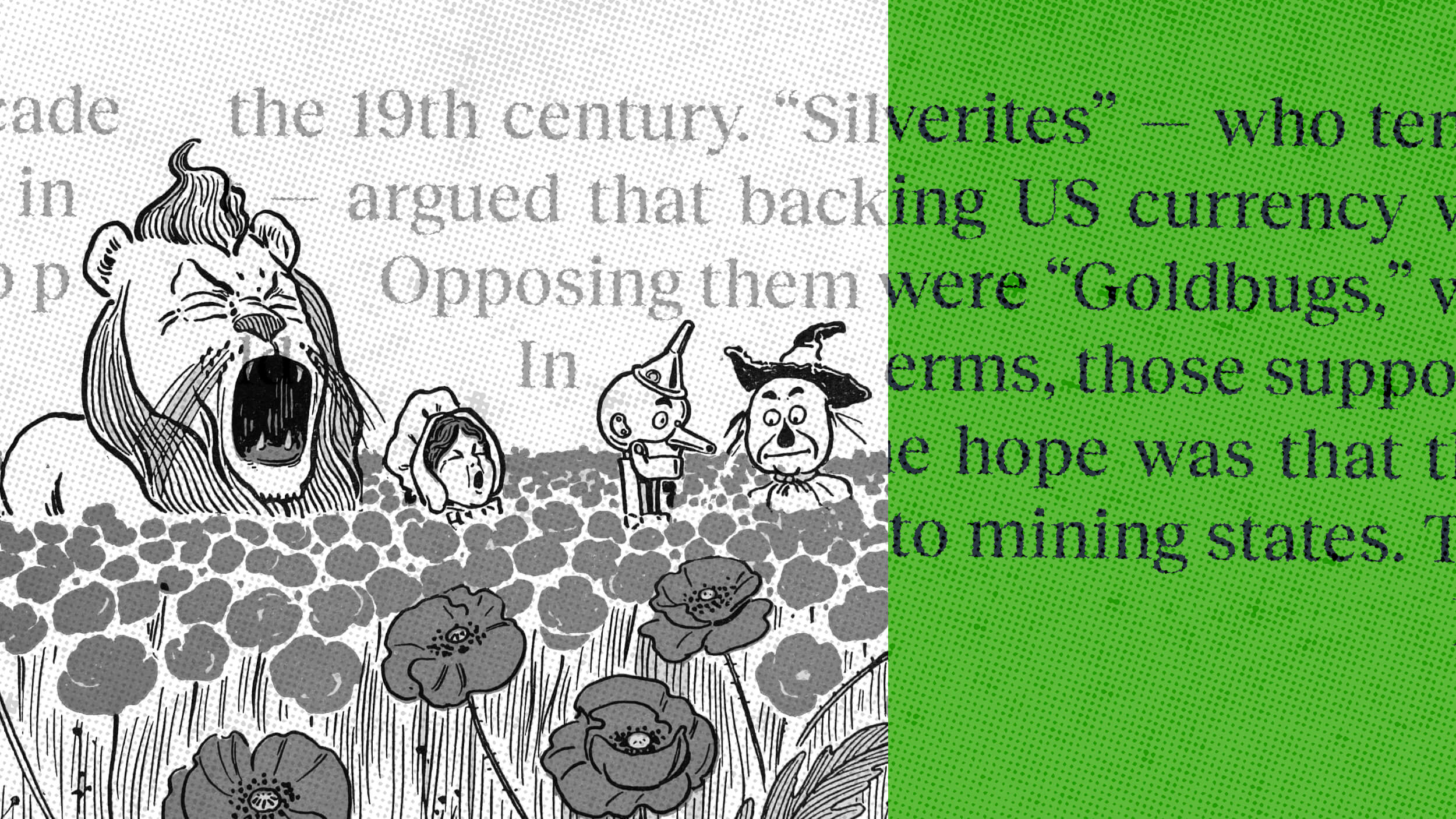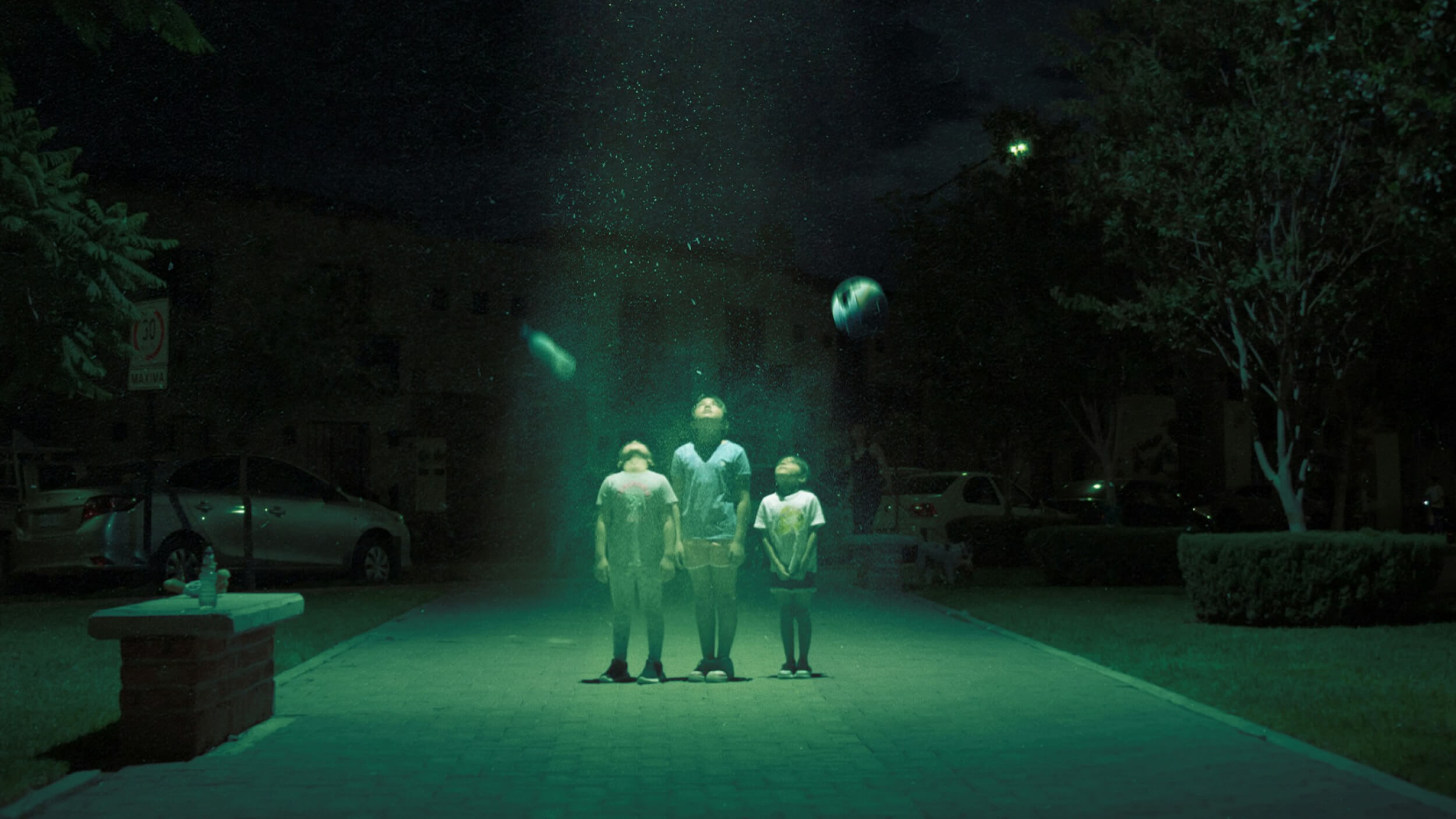The race to find dark matter could grow more complex with high-energy neutrino interference.
All Articles
In astronomy, a star’s initial mass determines its ultimate outcome in life. Unless, that is, a stellar companion alters the deal.
The color of the shirt you’re wearing right now depends on many factors, from your eye shape to what language you speak.
A prolonged strike could cost the economy between $500 million to $4.5 billion per day.
Black holes are the most massive individual objects, spanning up to a light-day across. So how do they make jets that affect the cosmic web?
Scientists have created a magnificent portrait of every connection among neurons in a fruit fly’s brain.
There’s little more infuriating in the world than being told to “calm down” when you’re in the midst of a simmering grump.
Humans, when we consider space travel, recognize the need for gravity. Without our planet, is artificial or antigravity even possible?
In 1980, Willy Brandt drew a line across the map that still influences how we think about the world.
Welcome to The Nightcrawler — a weekly newsletter from Eric Markowitz covering tech, innovation, and long-term thinking.
Oxford professor of ethics, John Tasioulas, thinks we should consider the loss of opportunity for “striving and succeeding” that AI is likely to bring.
All the stars, stellar corpses, planets, and other large, massive objects take on spherical or spheroidal shapes. Why is that universal?
In the international competition, people with physical disabilities put state-of-the-art devices to the test as they race to complete the tasks of everyday life.
Can laboratories become more humane, or is it time to end animal research altogether?
Cal Newport explains how you and your teams can accomplish more while improving quality and supercharging workplace morale.
A crowdsourced “final exam” for AI promises to test LLMs like never before. Here’s how the idea, and its implementation, dooms us to fail.
Why hasn’t matter fallen apart over billions of years? The mystery might start with protons.
Philosopher Peter Singer argues it’s time to examine a morally dubious practice.
Take it from Bezos, Musk, and Einstein — rethinking lines of inquiry can transform business, investing, and innovation strategy.
The 5th brightest star in our night sky is young, blue, and apparently devoid of massive planets. New JWST observations deepen the mystery.
Many beloved fantasy adventures take place in worlds that bear a striking resemblance to our own.
The successful tactics of big-name leaders — including Bob Iger, Mary Barra, and Satya Nadella — reveal key approaches to innovation.
Whether your hair is straight, wavy, curly, or kinky isn’t just genetic in nature. It depends on the physics of your hair’s very atoms.
Hang on to something — or ride the wave — because three big tech trends are about to converge.
Reusable rockets, moon landers, civilian astronauts, and more.
How can “you” move on when the old “you” is gone?
Do you always act professionally in the workplace? Depends what you mean by “professional.”
One of the 20th century’s most famous, influential, and successful physicists is lauded the world over. But Feynman is no hero to me.
MIT Scientist Jason Soderblom describes how the NASA mission will study the geology and composition of the surface of Jupiter’s water-rich moon and assess its astrobiological potential.
Here’s the dark side of first contact.




